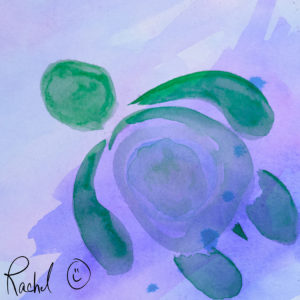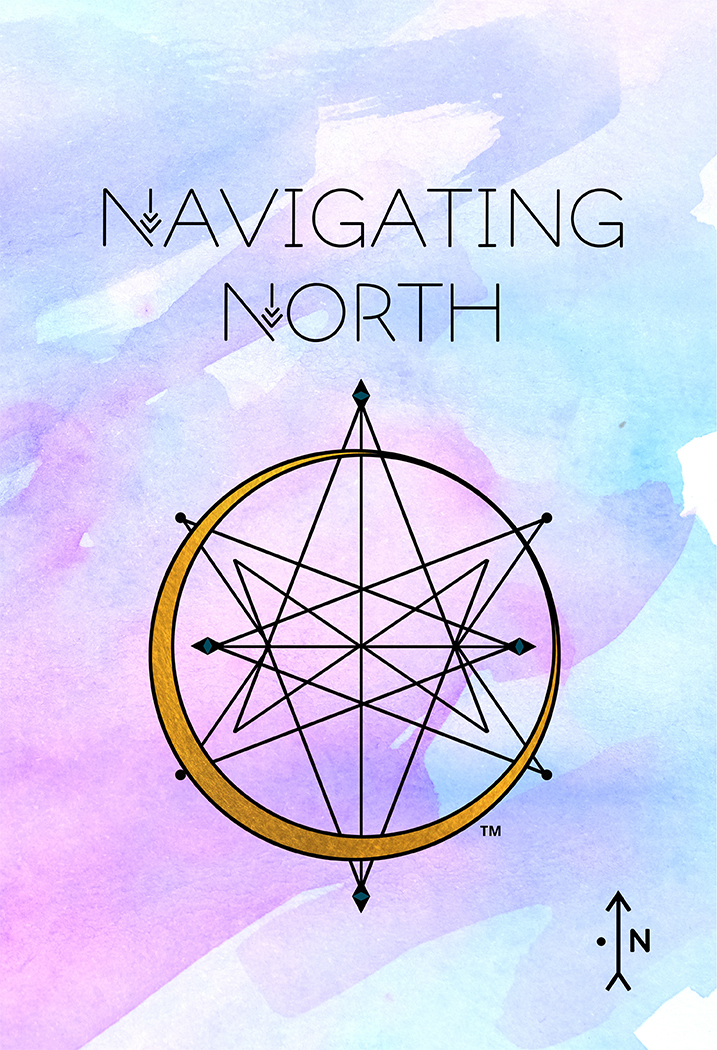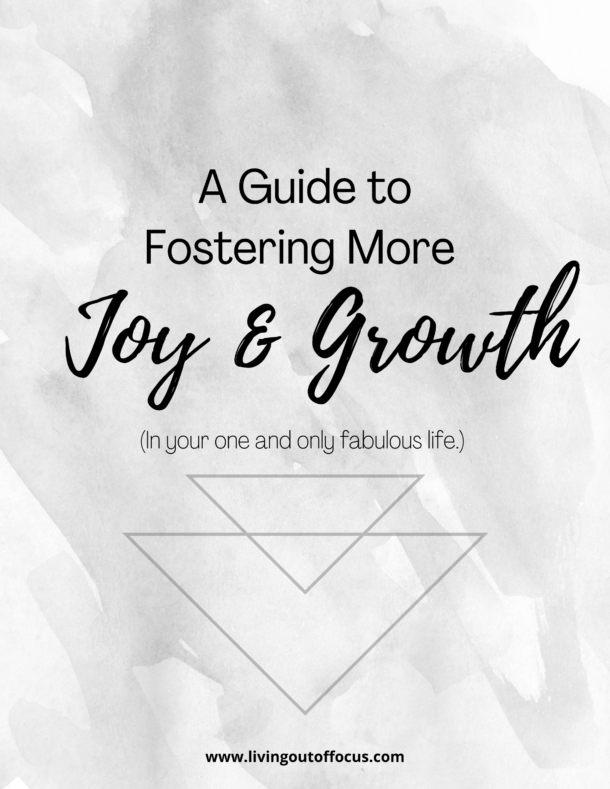
© 2021 Rachel L. Shumate | All rights reserved.
We adopted a turtle! Okay, well… we really just donated money to the Sea Turtle Conservancy to “adopt” a sea turtle. You see, last year was HARD. In fact, I think it’s safe to say that 2020 was simply awful (or worse) for everyone. And in an effort to incorporate some excitement and positivity into our not-so-fun virtual school daily grind, I decided this would be a spiffy project for Olivia and myself to do. (I even got a cute little plush turtle named, Luna, to help teach us about sea turtles, and to assume the role as our “class pet.”)
Anyway, last year, we adopted a turtle named, Hope -because goodness knows we needed more of that! The really fun part was that we got to track her migration and see all the places she traveled to. Well, Hope eventually lost her transmitter (which is the short story; you should read this super awesome article about her). So, this year we adopted another turtle named, PopTart (I pick them out solely by their names haha). And if you’d like, you can track our new turtle, PopTart, with us by clicking here. It’s really pretty cool!
You can actually visit the Sea Turtle Conservancy online and track any turtle you like for free. It’s certainly a great interactive and interesting project for kids and adults alike. And, if you want to “adopt” a sea turtle of your own, it’s a one-time nominal fee of $50 which goes towards good things and helps fund the Sea Turtle Conservancy. They also send you a certificate and such, which the kiddos think is nifty. So, if you and your child(ren) are interested, I highly recommend you check it out. And if you happen to be a teacher, they have all sorts of educational materials for you to download and use.
Also, because of the Earth-loving mama that I am, I thought I’d share some of the neat things we learned about turtles and how we can help the environment…
Fun Turtle Facts:
- The leatherback turtle (Hope was a leatherback turtle) is the largest of the sea turtles and they grow as big as 9 feet long and can weigh as much as 2,000 pounds!
- The leatherback turtle is the only sea turtle that does not have a hard shell. Instead, they have a tough, rubbery skin with thousands of small boney plates.
- Leatherbacks can travel really far and are found in nearly all of the oceans. Some are found as far north as Alaska and as far south as the southern tip of Africa. And they can dive over 3,000 feet underwater.
- Baby turtles are only about 3 ½ inches long when they hatch and weigh just 2 grams. (So tiny and cute!!) Each year, thousands of baby sea turtles hatch, but sadly, as few as one in 1,000 will survive into adulthood. Six out of seven sea turtle species are currently endangered largely due to human threats.
- When turtles swallow ocean water they obviously intake a lot of salt which their body can’t use, so they get rid of this access salt through their eyes by shedding salty “tears.”
*Facts are sourced from the Sea Turtle Conservancy’s site and newsletter.
Ways You Can Make a Difference:
- Recycle plastic bags, or better yet, switch to reusable bags. The leatherback’s favorite food is jellyfish. Turtles often die because they eat plastic bags that they mistake for jellyfish. Saying “no” to single use plastics like bags, straws, cups, and baggies are VERY helpful to the entire earth. Investing in reusable items will save you money in the long run, as well as help out our planet (we only have one…).
- Be conscious of light pollution. Lights from beachfront properties, or even street lights, can disorient turtle hatchlings. They mistake the light pollution for the moon and go the wrong way instead of towards the sea. If you’re vacationing at the beach, make sure to only stay at properties that have sea turtle friendly light fixtures, and always close your blinds or shades at night. It’s also super important that you don’t use a flashlight or phone if you’re on the beach at night – unless you’re using Turtle Safe Lighting (red lights).
- It’s no secret that climate change is a very real danger to all creatures, including us. Try these helpful solutions to make a difference: simply turn off the light when you leave a room, use energy-efficient fluorescent light bulbs, put on a sweatshirt instead of turning up the heat, turn off the water when you brush your teeth, take shorter showers, use both sides of a piece of paper, use a reusable cup or bottle instead of buying plastic water bottles, use a lunchbox instead of a paper bag, donate old clothes and toys, pass along books and magazines to your friends instead of tossing them out, use rechargeable batteries, plant a tree, and of course…reduce, reuse, recycle! Truly, every little bit helps.
- Water quality is a very serious problem threatening our oceans. You can help combat this growing issue by using fewer chemical fertilizers and buying organic produce. When swimming in the ocean, it’s important to use reef-safe sunscreen too. Chemicals have a way of sneaking into our oceans, as does garbage… It’s always important to clip any, and all, plastic rings before throwing them away (i.e. six pack rings off of cans).
- When boating on the ocean keep an eye out for marine life. Boat strikes are an increasing danger to turtles causing more deaths and mutilations each year. When boating, watch for changes on the water’s surface that might indicate a large turtle or manatee swimming underwater. And slow down over turtle feeding areas such as seagrass beds and coral reefs.
- Together we truly can make a big difference. Yay, turtle power! 😊







